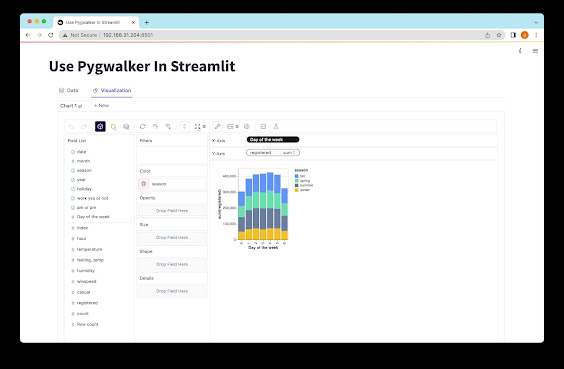Python Random Forest: A Comprehensive Guide
Python Random Forest Tutorial: Sklearn Implementation Guide
Introduction:
In the world of machine learning and data analysis, Python random forest is an incredibly powerful and versatile algorithm. This article will serve as a comprehensive guide to understanding and implementing random forests in Python using the popular library, Scikit-Learn (or sklearn). Whether you are a beginner or an experienced data scientist, this guide will equip you with the knowledge and skills to harness the power of random forests for your own projects.
Segment 1: What is Random Forest in Python?
Random forest is a machine learning algorithm that combines the predictions of multiple decision trees to make more accurate and robust predictions. It falls under the category of ensemble methods, where multiple models are combined to produce a final prediction. Random forests are known for their ability to handle both regression and classification tasks, making them highly versatile.
The random forest algorithm works by creating a multitude of decision trees during the training phase. Each decision tree is constructed by randomly selecting a subset of features from the available dataset. This randomness helps to reduce overfitting and improves the overall performance and generalization of the model. During the prediction phase, the final outcome is determined based on the majority vote or averaging of the predictions made by all the individual decision trees.
Segment 2: Random Forest vs. Xgboost: Understanding the Difference
While random forests and Xgboost are both ensemble methods used for making predictions, there are some key differences between the two algorithms. Random forests use a bagging approach, where each decision tree is trained independently on a random subset of the data. In contrast, Xgboost is a boosting algorithm that sequentially trains weak models and combines their predictions.
One major difference between random forests and Xgboost is the way they handle bias-variance tradeoff. Random forests tend to have higher bias but lower variance, while Xgboost has the potential to have lower bias but higher variance. This means that random forests are less prone to overfitting than Xgboost, but Xgboost can achieve higher predictive accuracy on certain datasets.
Segment 3: Accuracy of Random Forest Regression in Python
The performance of a random forest regression model in Python can vary depending on various factors such as the quality and size of the training data, the complexity of the problem, and the chosen hyperparameters. However, random forest regression is generally known for its high accuracy and robustness.
The accuracy of a random forest regression model can be measured using metrics such as mean squared error (MSE), mean absolute error (MAE), or the coefficient of determination (R-squared). These metrics assess how well the model fits the training data and how well it generalizes to unseen data. In general, random forest regression tends to outperform traditional regression algorithms like linear regression when dealing with complex and non-linear relationships between features and target variables.
Stay tuned for the second half of the article where we'll discuss the best use cases for random forests and explore related queries such as decision tree learning, logistic regression, naive Bayes classifier, k-means clustering, random forest classification, and random forest feature importance. We'll also provide a tutorial on implementing random forest regression in Python using sklearn, along with an example and guidance on feature selection.
Remember to bookmark this page and refer back to it as a valuable resource for all your random forest needs. Now let's dive deeper into the world of random forests!
Read more about Data Analysis

Comments
Post a Comment